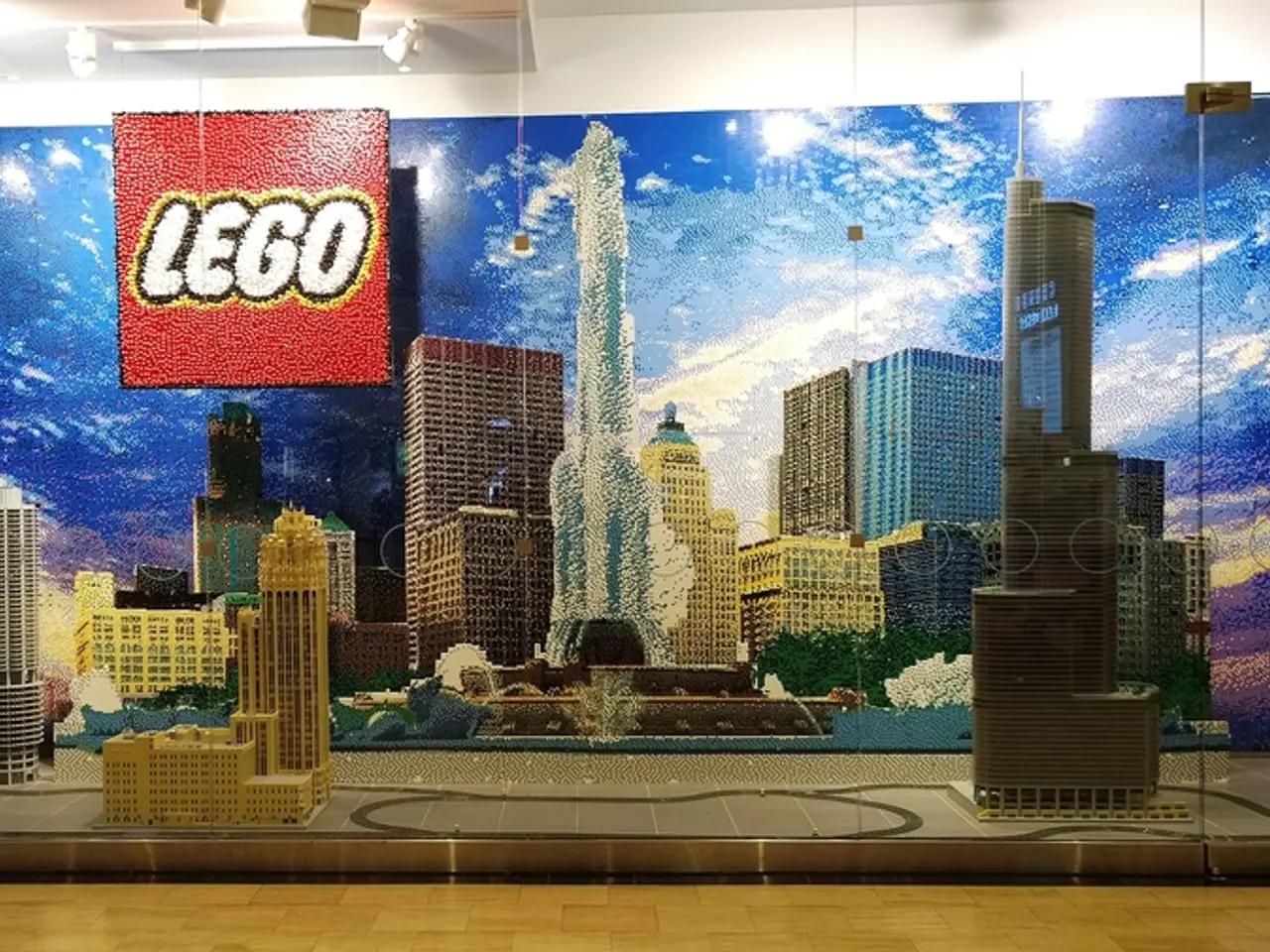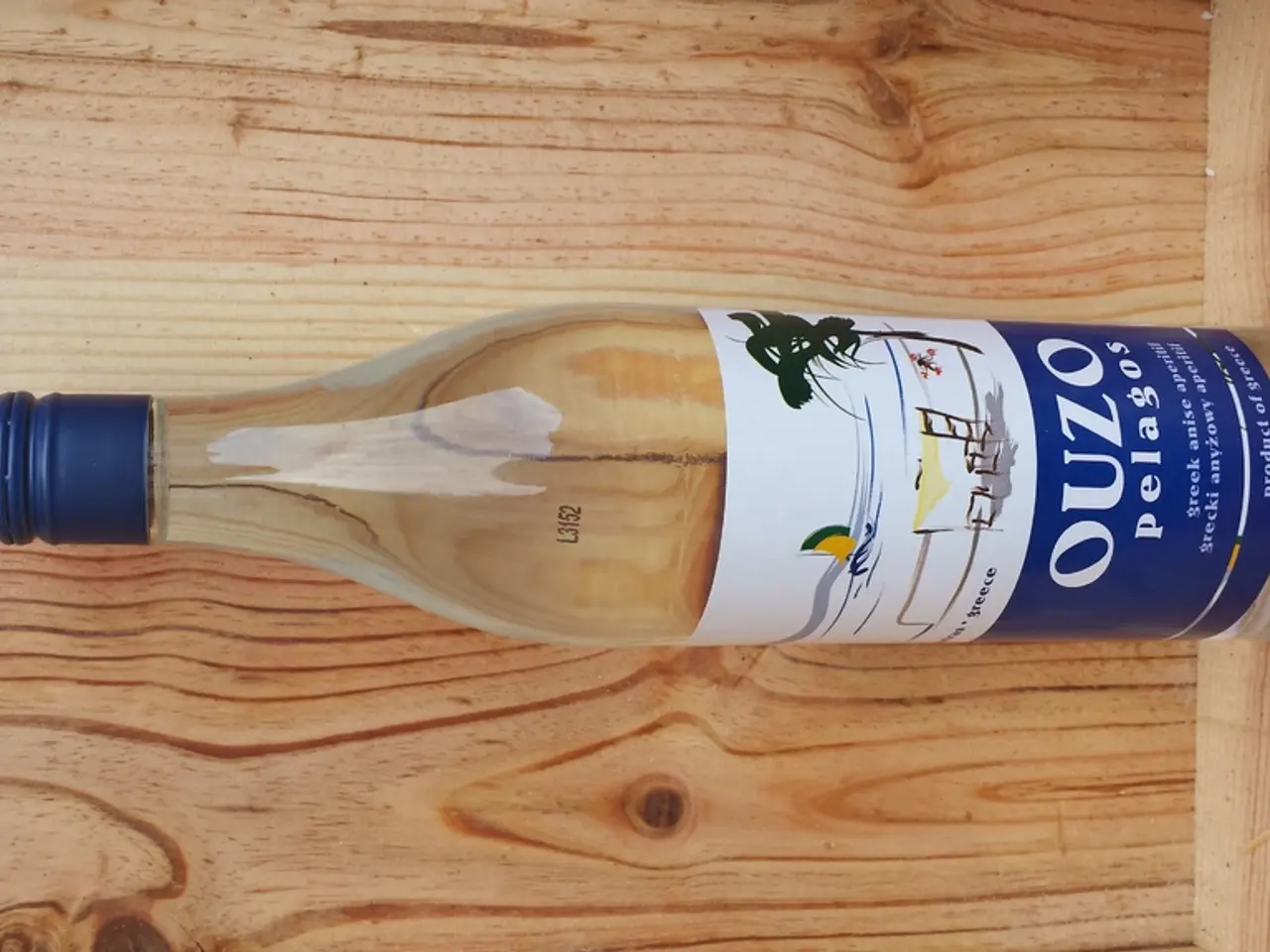Constructed Living Lego Masterpiece
================================================================================
In a groundbreaking development, researchers have engineered bacteria to act as living building blocks, self-assembling into complex structures akin to Lego pieces. This fusion of synthetic biology and mathematical modeling allows for the creation of programmable self-assembly into target shapes.
The team, led by MIT professor Joern Dunkel and Ingmar Riedel-Kruse of the University of Arizona, has developed modular biological systems where bacteria are genetically engineered to selectively bind to each other. This binding is achieved through synthetic adhesion molecules or extracellular components, forming larger, defined structures.
Mathematical modeling plays a crucial role in this process. It simulates these interactions at the cell level, predicting and guiding the formation of desired shapes. Models optimize genetic designs and environmental conditions so that bacteria autonomously aggregate into target architectures based on the programmed adhesion rules.
One example of engineering modular biological units is a recent system combining bacteria with 3D printed stainless steel frameworks. At Binghamton University, scientists fused bacterial biofilms with precise 3D metal printed parts to create stackable, reusable biobattery units. These modules self-assemble because the bacteria grow preferentially on nanoscale-engineered surfaces designed for optimal bacterial adhesion and electron transfer, producing usable energy.
Beyond batteries, advances in protein engineering have revealed that proteins are more stable and modular in their structure than previously thought. This insight supports the feasibility of designing stable cellular components and adhesion interfaces that promote reliable bacterial self-assembly.
The research, featured on the cover of Nature, includes the creation of self-grown elastic sheets and channel structures that can transport liquid droplets. Dunkel and his PhD student Dominic Skinner sought to formulate a mathematical model to simulate the growth and dynamics of the bacterial swarms and predict the formation of interface patterns.
The team has developed an experiment-theory platform to program bacterial systems to grow into arbitrary two-dimensional target structures. Only cells that have matching adhesion molecules can stick to each other, while those carrying non-matching ones slide past each other. The ability to produce certain chemicals in desired locations is a planned additional functionality for the bacteria.
The Riedel-Kruse lab has created a bioengineering toolbox that controls cell-to-cell adhesion properties of motile bacterial cells. Another application of the research is the development of bio-sensors, where bacteria write a human-readable message when they sense a molecule in their environment.
The work was supported by the Alfred P. Sloan Foundation and the National Science Foundation. Using their versatile bioengineering toolbox, the researchers aim to create complex target patterns. The next step for the team is to grow three-dimensional structures. Skinner compares the programmed bacteria to living Lego bricks.
References:
- Bio-inspired self-assembly of modular biological units using 3D printed metal frameworks
- Protein structure and function: a modular perspective
- Engineered extracellular vesicles as building blocks for hydrogels with biological activity
- 4-bit adhesion logic enables universal multicellular interface patterning
- The groundbreaking development in engineering bacteria as living building blocks is a fusion of synthetic biology, science, and mathematics, opening new possibilities for health-and-wellness, fitness-and-exercise, and technology.
- By selectively binding to each other using synthetic adhesion molecules, the genetically engineered bacteria form larger, defined structures, which can be optimized for environmental conditions through education-and-self-development in mathematical modeling.
- Advancements in protein engineering suggest that we can design stable cellular components and adhesion interfaces, promoting reliable bacterial self-assembly and aiding research in science and engineering.
- Harnessing 3D printed materials, scientists have achieved self-assembly in biobattery units by growing bacterial biofilms on nanoscale-engineered surfaces, demonstrating potential applications in science, technology, and energy.
- The researchers' work on programming bacterial self-assembly to create arbitrary two-dimensional target structures has led to the development of bio-sensors that can write human-readable messages when sensing a molecule in their environment, furthering education-and-self-development in multiple fields.




